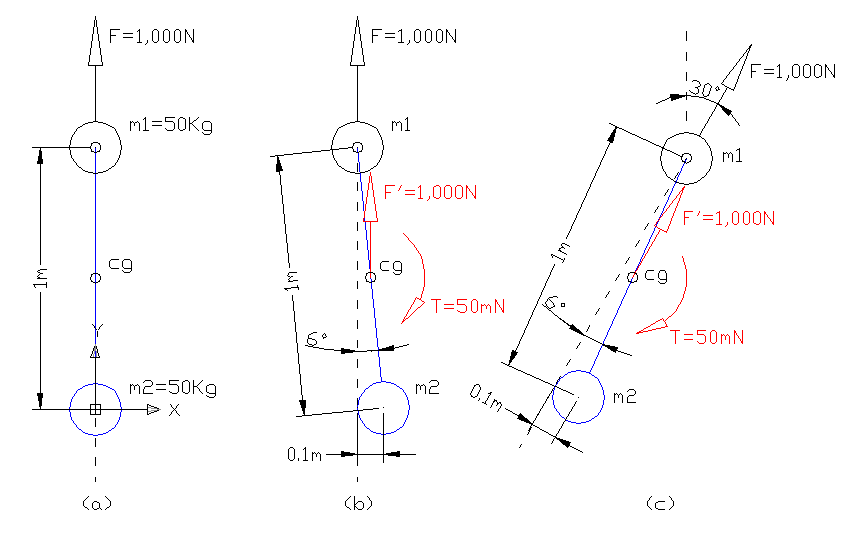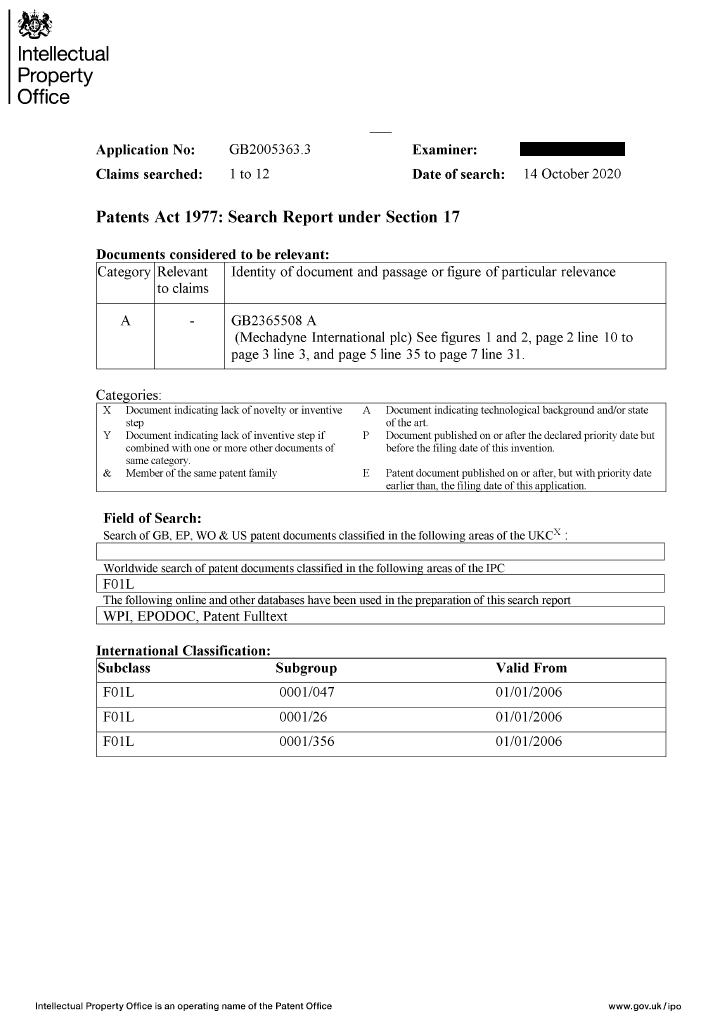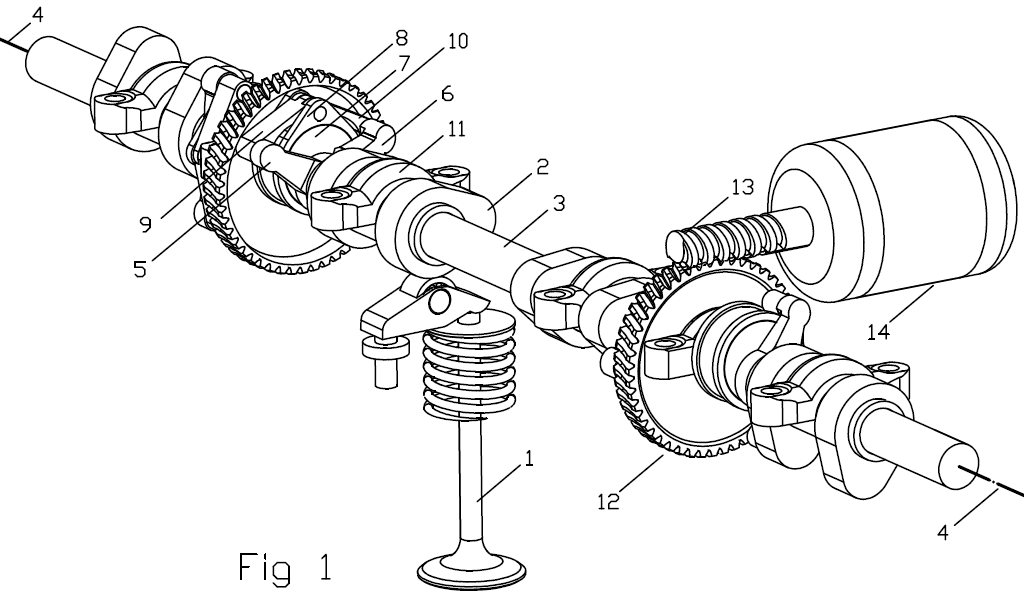Hello Gruntguru.
Here is a simple approach of the Portable Flyer.

It comprises a mass m1 (50Kg) and a mass m2 (also 50Kg for simplicity) 1m away from each other. The overall center of gravity is at cg.
The mass m1 is the upper body of the pilot together with the propulsion unit (which is secured on the upper body of the pilot); the thrust force F passes through the center of the mass m1 permanently.
Consider the upper body as comprising the torso, back, head, arms of the pilot, all frozen and secured to the propulsion unit.
The m2 can turn about the center of m1 at all directions, remaining at constant distance (1m) from the m1. The m2 comprises the rest body of the pilot and the fuel tank.
At
(a) the Portable Flyer is hovering. The thrust axis (force F from the propellers) passes through the overall center of gravity cg.
At
(b), somehow, the mass m2 has been rotated so that the center of the mass m2 is 0.1m offset from the thrust axis (the dashed line). Say, the pilot has displaced his legs forwards.
Now the thrust force F is offset from the center of gravity cg.
The F is equivalent with an equal / parallel force F’ (red) passing through the center of gravity cg, and a torque T (also red) equal to the F times its offset (0.1m/2) from the center of gravity cg. The torque T turns the Portable Flyer clockwise.
We leave free the Portable Flyer.
The pilot keeps his posture unchanged.
After a while, the Portable Flyer is as in
(c), with the thrust axis rotated for 30 degrees from vertical.
The time for this wide transition is significant in order to detect if the pilot can really control his flight by varying his body posture (without any aerodynamic control).
My calculations give 0.7sec for 30 degrees rotation of the thrust force, 1sec for 0 to 60 degrees rotation of the thrust force, and 1.2sec for 0 to 90 degrees rotation of the thrust force (i.e. the thrust force turns horizontal).
With 0.2m (instead of 0.1m) displacement of the m2 from the thrust axis, the above times drop to 0.5sec, 0.7sec and 0.9sec.
The above times show that the "Weight Displacement Control", alone, is more than adequate, but not for the "yaw" (rotation about pilot's long axis).
Only for the "yaw" the "aerodynamic control" is necessary. However it can strengthen the "Weight Displacement Control".
Thanks
Manolis Pattakos


